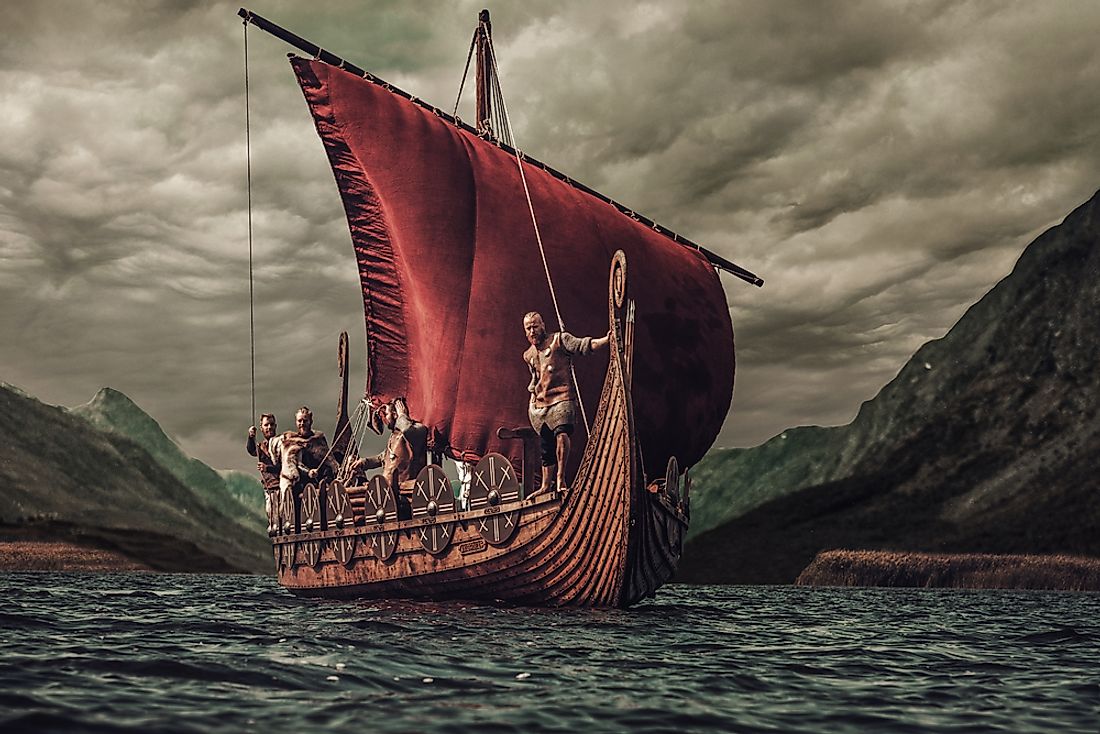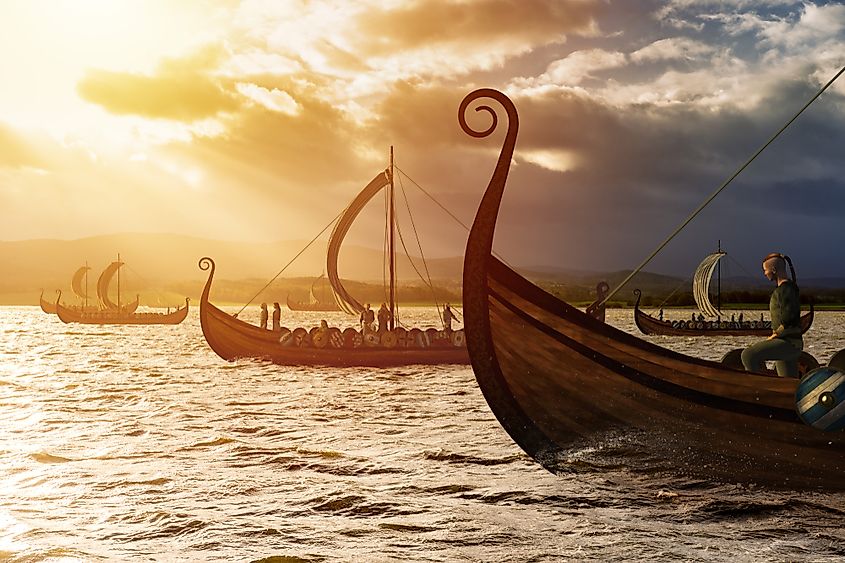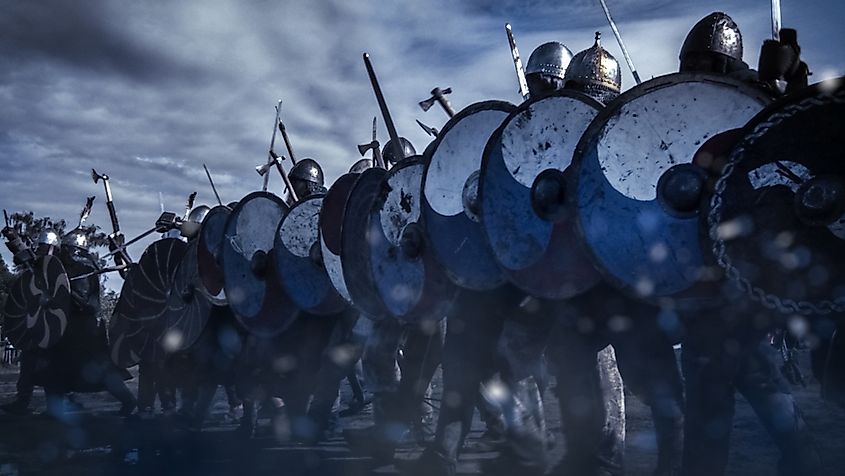The Vikings: Who Were They and Where Did They Come From?

The first image that comes to a person’s mind when they hear the word "Vikings" may be a tall, muscular man with a braided beard and a helmet with horns leading a ship to a land which he will plunder. Though not necessarily far from reality, there is much more to Vikings than this enduring image. The Viking people and culture have had an impact around the world and stories associated with them are often full of myth and imagination.
Where Did the Vikings Come From?
The Vikings originated from the Scandinavian countries of Norway, Denmark, and Sweden. Often represented as “invaders, predators or barbarians,” Vikings embarked on raids primarily to acquire resources, though some groups chose to settle in the regions they explored. The term "Viking" is believed to have been derived from the Old Norse word "vikingr," which referred to a "pirate raid." Over time, the Vikings established trade networks, explored new territories, and influenced the cultures of the regions they settled in. Historians consider the years between 800 and 1050 CE as the Age of the Vikings.
Viking Boats
Vikings made voyages as well military campaigns, spreading out from their geographic origins in the Scandinavian countries towards faraway lands. The homelands they moved away from were mostly rural, and most Vikings sustained themselves with agricultural activities or fishing. Vikings are remembered for their long-ship style boats, which were designed to navigate through waters on the coastal areas as well as inland waters, along with the land on beaches.

Why Did The Vikings Raid?
The Vikings raided for a variety of interconnected reasons, driven by economic, social, political, and environmental factors. The first recorded raid was the attack on Lindisfarne in 793. Not long after, the raiding parties spread to Scotland, Ireland, and France. Initially, these raids were small and insignificant; however, they grew over time. For example, in Ireland, after establishing a port, parts of England slowly came under the control of the Vikings. For 80 years, England saw control by Vikings in the Midlands and northern part while the Kings of Wessex retained control in the south and south-west.
Successful raids brought honor and prestige to Viking warriors. Leaders who led successful raids could increase their status and influence within their communities. Additionally, Viking raids were often the precursor to exploration and settlement. Areas initially raided, such as parts of the British Isles, Ireland, and France, later saw significant Viking settlements.
Historians note that the expeditions and explorations of the Vikings were not limited to the frontiers of Western Europe. Sailing on the sea and using water routes, the Vikings managed to travel to North America in the west and Russia in the east. On the northern and southern parts of the world, the Vikings went to Lapland in the north and in the southern parts, the Mediterranean World (Constantinople) as well as Iraq (Baghdad).
Ruthless Warriors?
Vikings are often portrayed as fierce and ruthless warriors, but that does not paint the whole story. Vikings also settled in a peaceful manner. One such settlement was in Iceland, a country Vikings are credited as having "discovered" and named. It is believed that contrary to the violent nature that Vikings are known for, the Viking age eventually turned Iceland into a place with a relatively developed legal system, with something similar to a parliament also existing. Beyond the political and economic engagements of the Vikings in Iceland, there was a cultural exchange. Even today, the mythology and folklore of Iceland speak of Norse people and Vikings.

There is no doubt that many feared Vikings and even despised them, as historical accounts of places where raids and settlements point out. However, the Vikings were not always scary invaders. The Vikings didn’t leave much written evidence themselves, but poetry, archaeology, treaties, as well as writings by people in Europe and Asia whom they encountered give us a clearer picture about Vikings. As these sources suggest, Vikings were also traders and craftsmen besides being skilled boat builders. While some Vikings made metalwork and wooden carvings, some traded for silver, spices, silks, wine, glass jewellery and pottery which they would eventually take back to their homes.











